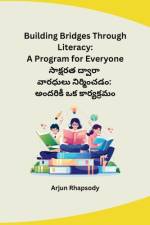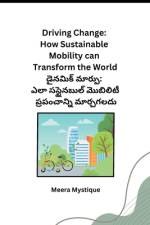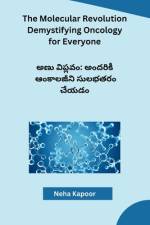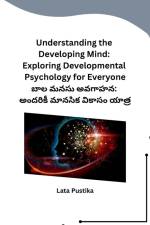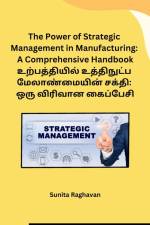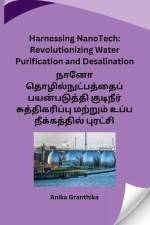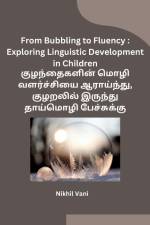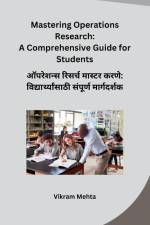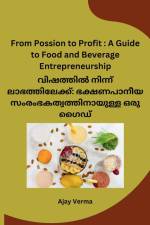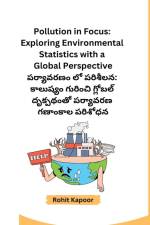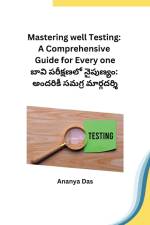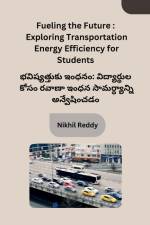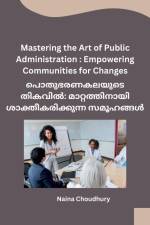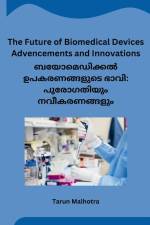av Ravi Mohan
385,-
Fossil fuels, namely petroleum, natural gas, and coal, are one of the main energy sources in the world. They account for approximately 80% to 85% of the world's energy consumption. Fossil fuels are essential to our modern lifestyle, as they are used to power our homes, cars, industrial units, and other forms of transportation.However, fossil fuels are also one of the main causes of climate change. They release greenhouse gases into the Earth's atmosphere, which trap heat and lead to global warming. Climate change is already having a significant impact around the world, including rising sea levels, more extreme weather events, and impacts on agriculture and biodiversity.Given these facts, it is important to understand the importance of fossil fuels and the challenges associated with them. This article explores this issue and examines some of the things we can do to reduce our reliance on fossil fuels.The Importance of Fossil FuelsAs one of the main energy sources in the world, fossil fuels are essential to our modern lifestyle. They are used in a variety of ways in our lives, including:· Powering our homes and businesses: Fossil fuels are used to generate electricity, which is used to power our homes, businesses, and other buildings.· Fueling our transportation: Fossil fuels are used to fuel cars, trucks, buses, airplanes, and other forms of transportation.· Producing heat and power for industrial processes: Fossil fuels are used to heat and power industrial processes, such as manufacturing, mining, and agriculture.Fossil fuels are also used to produce a variety of products, such as plastics, fertilizers, and pharmaceuticals.The Challenges of Fossil FuelsFossil fuels are a major source of pollution, including greenhouse gases. Greenhouse gases trap heat in the Earth's atmosphere, which leads to global warming. Climate change is already having a significant impact around the world, including:· Rising sea levels: As the Earth's ice caps and glaciers melt, sea levels are rising. This is threatening coastal communities around the world.· More extreme weather events: Climate change is making extreme weather events, such as heat waves, droughts, floods, and storms, more frequent and intense.· Impacts on agriculture and biodiversity: Climate change is impacting agriculture and biodiversity. Crop yields are declining in some areas, and plant and animal species are being forced to migrate to cooler climates.In addition to pollution and climate change, fossil fuels are also a limited resource. The world's reserves of fossil fuels are finite, and they will eventually run out.





